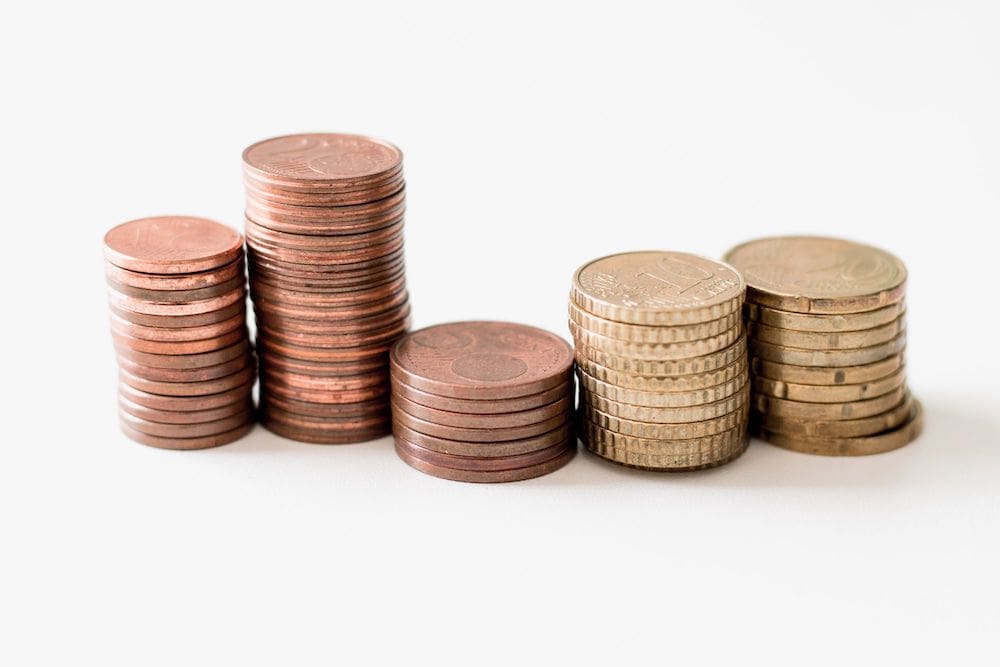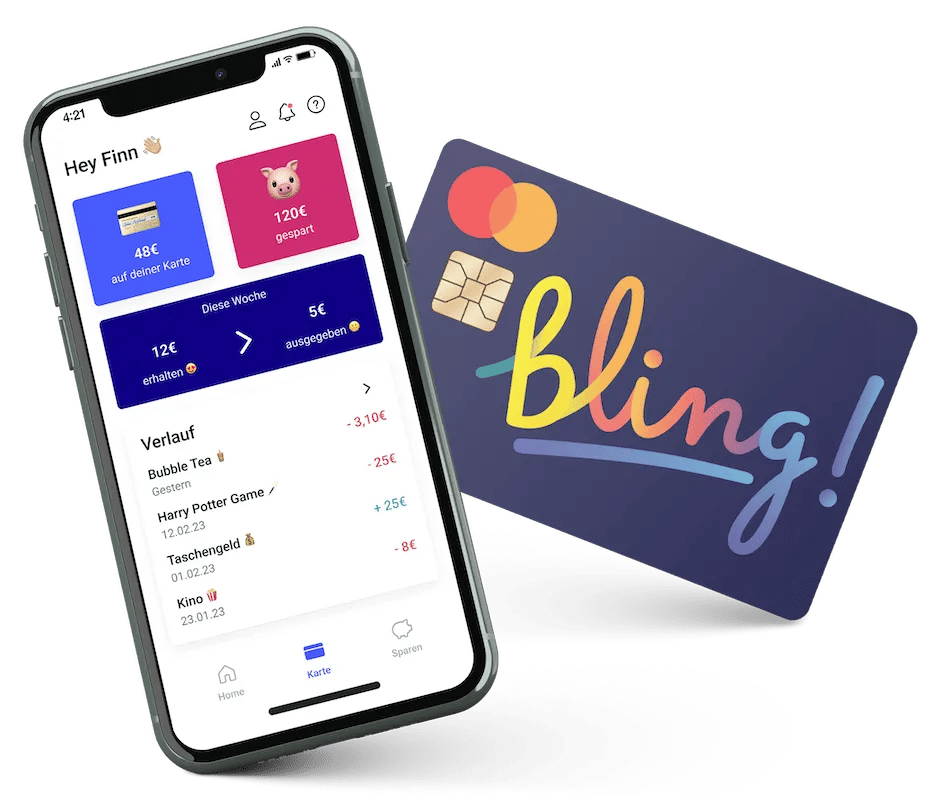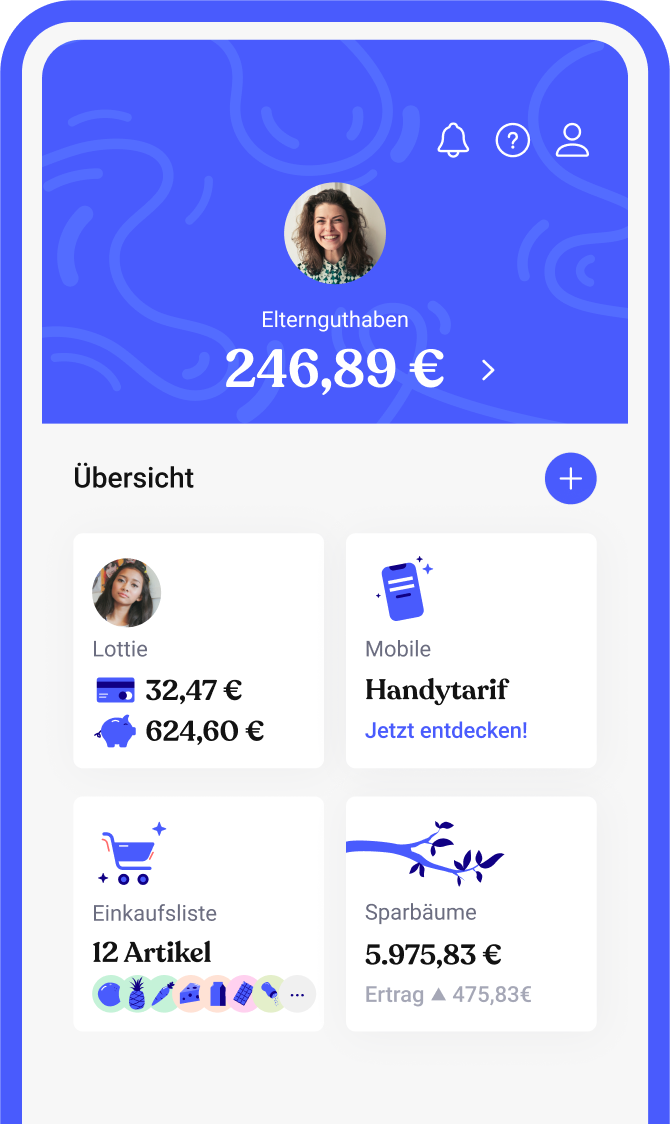Claim instead of recommendation — Is pocket money required by law?
As with many educational topics, there are also recommendations here: Is Is pocket money an obligation? Purely legally, parents are not obliged to give their children money freely. So anyone who decides not to give their child pocket money is doing nothing wrong. However, at least 60% of primary school children receive pocket money from their parents in order to learn how to deal with finances in a playful way. It can therefore be very useful to provide children with pocket money.
Recommendation: From what age does pocket money make sense?
In principle, the following recommendation applies when it comes to pocket money: Children should only receive their own money when they can calculate — i.e. when they have a rough idea of values. Many parents start with school enrollment, because their first money of their own makes the step to becoming a “big child” immensely clear. It is therefore a recommendation to give children pocket money when they are around six years old. In the end, the decision as to when pocket money is paid out is, of course, up to the parents.
The right amount of pocket money — recommendations
A meaningful Pocket money recommendation Is it to give the child only a very small amount of money at first. You can then gradually increase the amount of pocket money. There are many different recommendations on the subject of pocket money as well as a number of pocket money tables. You have to decide for yourself which one you want to orient yourself on. The Federal spending money recommendation is as follows:
- The Pocket money recommendation for children aged 6 and over is 1.00-1.50 € per week. Over the following years, pocket money can be increased by small amounts. The recommended pocket money for children aged 7 years is €1.50-2.00 per week and up to €3.00 per week at around 9 years of age.
- For children aged 10 and over, the recommended allowance is 16.00 — 18.00€ per month.
- At the age of 11 years, pocket money of up to €21.00 per month is recommended.
- According to the recommendation, pocket money can rise to up to €31.00 per month at the age of 14.
- If you are 15 and 16 years of age, pocket money of up to 47.00€ per month is recommended.
- For young people aged 17 years, the recommended allowance is between 47.00 and 63.00€.
- According to the Federal Ministry's recommendation, young adults aged 18 receive pocket money of up to €79.00 per month.
From the age of ten, children can financially plan longer periods of time on average, so that a monthly allowance payment makes sense. This is how the children learn to allocate their money. In addition to the age of the child, the actual amount of pocket money also depends on the income of the parents and what expenses must be covered by pocket money. These pocket money tables and recommendations are therefore by no means binding and should only serve as a rough guide.
Recommendation: What you should avoid with pocket money
Anyone who finally decides to give their child pocket money should absolutely avoid some mistakes.
- For example, you should always be very careful Pocket money as a reward to be used or to reduce as punishment.
- Nor should you force your child to be frugal. The child should decide for themselves whether to save or spend their pocket money and also what the money is spent on. It is of course okay to give well-intentioned recommendations on how to handle pocket money, but it is only by making decisions independently that the child finally learns how to handle money.
- Another mistake to avoid is giving the child more money than their usual pocket money because they have already spent everything and the week/month is not over. If you do this, the child does not learn to allocate his money. In this case, it is better and more conducive to learning to give the child advice on how to save and allocate money wisely.
With the Savings pots Bling helps kids learn how to save easily. With the help of savings pots, children can set savings goals for themselves and set money aside regularly. If, for example, the child wants something special, he can create a savings pot for it and fill it with money until he can fulfill his wish with the money saved. Parents can also pay into the savings funds.
The pocket money paragraph — What is that?
In general, children aged seven and over have only limited legal capacity. This means that a purchase remains in limbo without parental consent — meaning that it can be reversed by the parents. For small purchases (such as ice cream, books or sweets), this would be very impracticable. For this reason, there is Pocket money paragraphs.
The pocket money paragraph is Section 110 of the Civil Code (BGB). It says that children can buy whatever they want with their pocket money. Parental consent is not required, as the fact that the money was provided by the parents is already considered consent. The small purchases paid by children with their pocket money are therefore effective and cannot be easily reversed. Of course, this only applies if the child receives pocket money at all.
Despite numerous recommendations — pocket money is an individual decision
Each family decides for themselves whether, when and in what amount the children can have pocket money. The federal government's pocket money recommendations are a good guideline. Children who have an above-average amount of money can have just as much problems as those who receive less pocket money than the average. With more money, parents are therefore not necessarily doing their children a favor.
Even though the child's friends may receive more pocket money, that doesn't mean that they should now increase their pocket money. Parents have different resources available and children have different needs. Pocket money recommendations can be a good guide, but you shouldn't feel pressured by them. In the end, paying out pocket money is still voluntary and not mandatory.
But no matter how much pocket money children have at their disposal, with Bling Card They learn how to allocate their money, identify potential savings and children and parents have a full overview of spending.























